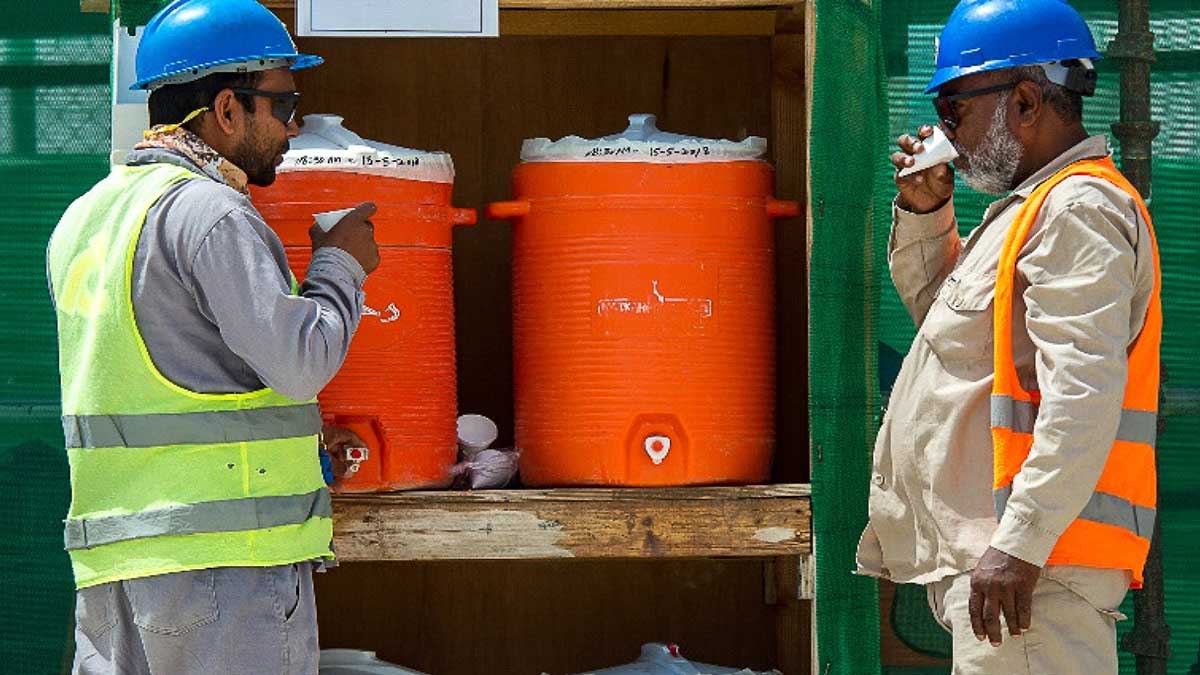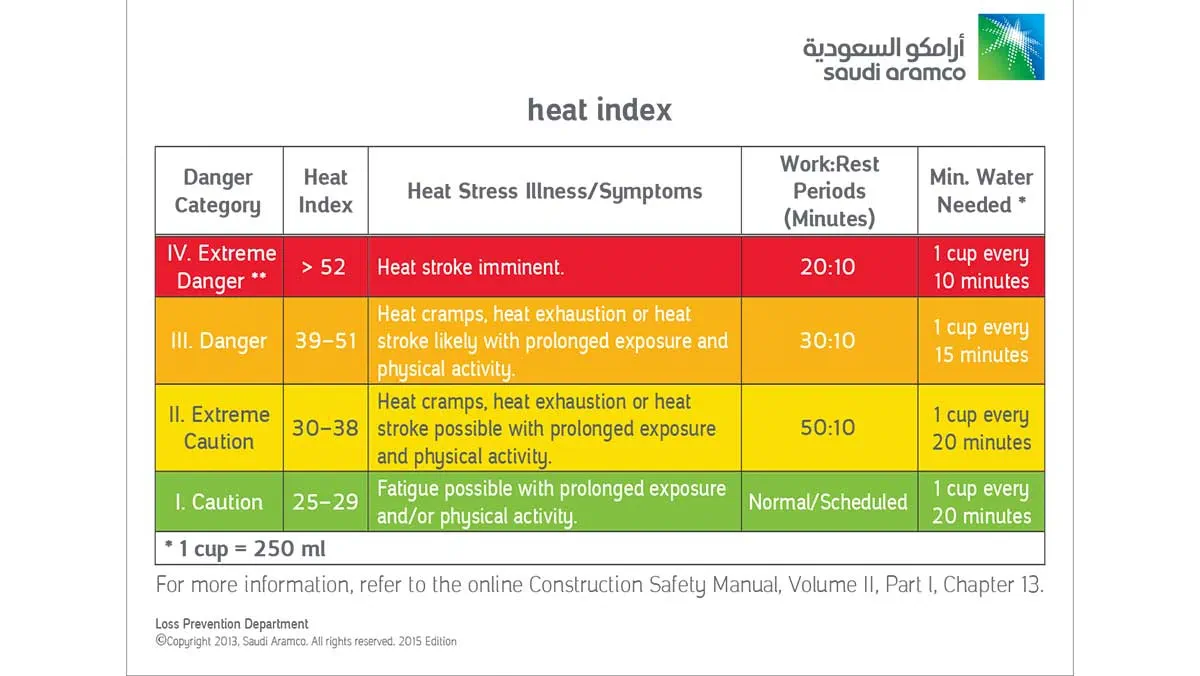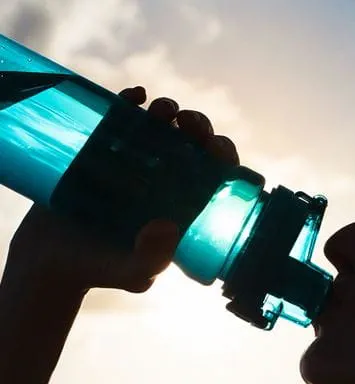High Heat
Be aware and prepare to thwart heat stress in summer

Global July 26, 2022
Safety Heroes
Hydrate, have a plan, and recognize the symptoms of heat sickness in yourself and others.
Jose, a 44-year-old father of five, was working for several hours in humid, 45 °C weather without a break before telling his supervisor that he did not feel well. The supervisor gave him water to drink, drove him back to the workers' housing area and left him alone to rest.
About 45 minutes later, the supervisor came back to check on him and found him unconscious. Jose was taken to the local hospital where he was pronounced dead from heat stroke. His core body temperature was 42 °C, well above the normal core body temperature of 37 °C.
The incident report later indicated that the employer did provide drinking water stations but did not institute appropriate work/rest schedules. Although drinking water was available, Jose was not able to drink and rest as frequently as the standard dictated for the environmental heat conditions he was working in.
Safety concerns
When the air temperature is close to or higher than normal core body temperature, cooling of the body becomes more difficult. If the body’s temperature deviates from normal (37 °C), even by a few degrees, vital organs can be damaged.
To keep the body temperature within a safe limit, the body must shed excess heat, primarily by varying the rate and amount of blood circulation through the skin, and release of fluid onto the skin (sweat).
Sweating is effective only if the humidity level is low enough to allow evaporation and if the fluids and salts lost are adequately replaced. If the body cannot lose excess heat, it will be stored. When this happens, the body's core temperature rises and the heart rate increases.
As the body continues to store heat, the person begins to lose concentration and has difficulty focusing on tasks, may become irritable or sick, and often loses the desire to drink. The next stage is most often fainting and even death if the person is not cooled down.
In addition to heat illnesses, there are other safety hazards common to hot environments. Heat tends to promote unsafe acts due to slippery and sweaty palms, dizziness or the fogging of safety glasses.
Working in hot environments can lower mental alertness and physical performance, which may cause workers to overlook basic safety procedures or to divert their attention from hazardous tasks.

Heat index
The heat index is an important measure for understanding how heat and humidity affect the body and its ability to lose heat. The index provides a measure of how hot the working environment actually feels. The index can be referred to as the apparent temperature.
Here are a few examples:
• A temperature of 30 °C with humidity of 90% will feel like 41 °C.
• A temperature of 35 °C with humidity of 50% will feel like 41 °C.
• A temperature of 37 °C with humidity of 40% will feel like 41 °C.
All three of these combinations result in the same apparent temperature and put workers in the danger zone for heat stress.
Download a heat index reference card here.
Working in heat
As with any hazard, primary prevention measures include engineering controls first (e.g., shaded areas and ventilation that make the work environment cooler); administrative practices second (e.g., scheduling work/rest cycles and ensuring the availability of drinking water); and personal protective measures as a last resort (e.g., ensuring availability of cooling vests).
Supervisors should monitor and communicate current heat stress dangers, and implement a heat management plan that includes three key factors: water, rest, and shade.
Employees should be trained to recognize heat illness in themselves and others. There should also be regular safety meetings emphasizing heat stress hazards and precautions.
Other steps should be properly acclimatizing new workers and those returning from leave, as well as providing personal protective controls such as ice cooling and light clothing where possible.
Employees should also be reminded to drink water often, rest in designated break areas, report heat symptoms early, and know what to do in an emergency.
Download a printable heat safety poster here.
Download a second printable heat safety poster here.
For more resources about how Aramco supports and protects its workers from heat-related incidents, visit Loss Prevention's ShareK page.
Caption to top photo: Work practices during hot periods must factor in drinking water stations and workers must ensure they take regular breaks and stay hydrated.




